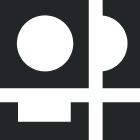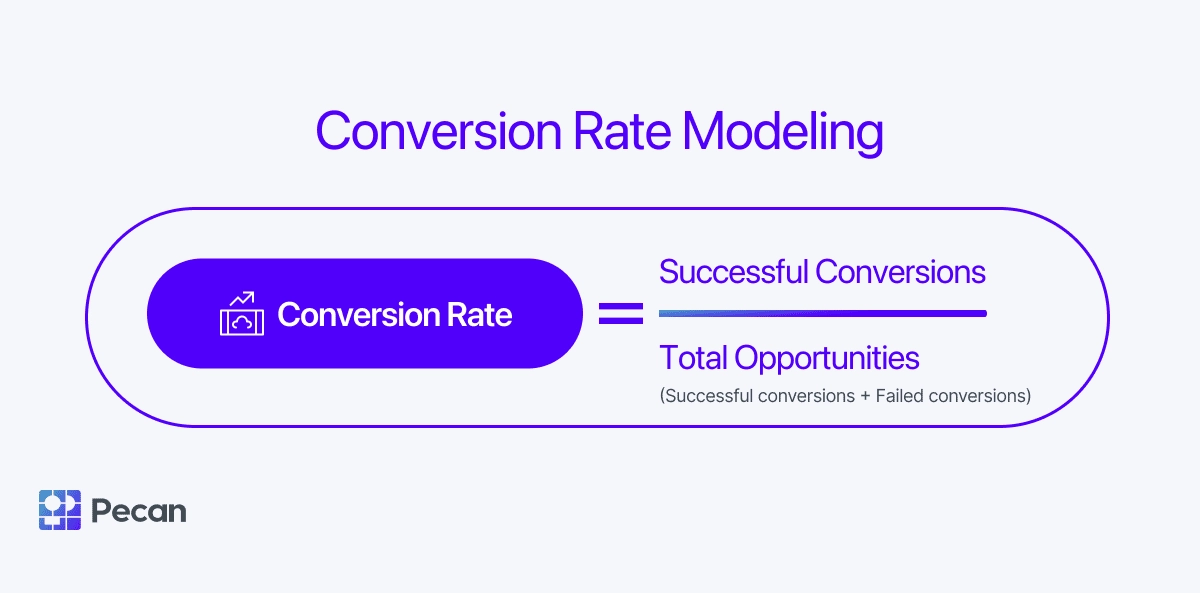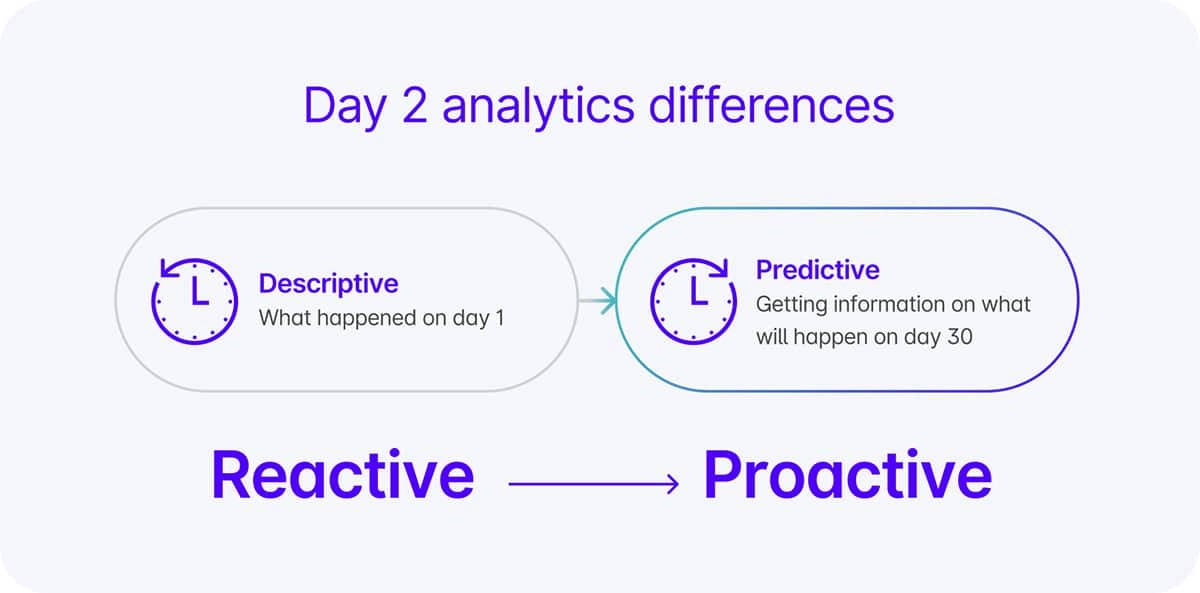In a nutshell:
- Predicting campaign conversion rates is crucial for marketing leaders
- Conversion rate modeling calculates successful conversions divided by total opportunities
- Time-to-conversion modeling can optimize strategic plans and advertising campaigns
- Predictive analytics can fill in data gaps and forecast conversion events
- Leveraging predictive analytics can drive more conversions and improve critical KPIs
Predicting campaign conversion rates is the holy grail for many marketing leaders. With predictive conversion rate modeling, marketing leaders can predict the health of their marketing campaigns, enabling them to contribute more to the health of the business.
Before predicting conversion rates, it is important to understand conversion rate modeling. This approach calculates the number of successful conversions divided by the number of total conversion opportunities, which includes both successful and failed conversions.
With proper conversion modeling, businesses can recoup millions of dollars in wasted ad spend and drive higher-quality inbound revenue generation opportunities.
Conversion rate modeling formula
Modeling and predicting campaign conversions is not the only way to drive business impact. It is also important to model time to conversion. By reducing time to conversion, businesses can optimize their strategic plans and advertising campaigns. They can shorten prospects’ buying cycles, pulling deals forward into the current quarter.
No matter how you approach it, conversion rate modeling should play a crucial role in businesses' operations. That will be especially true once Google finally decides to end third-party cookies.
Predicting Conversion Rates
According to Google, “We’re in the midst of a measurement evolution, and global ecosystem changes are challenging marketers to be forward thinking and privacy-focused.” This challenge is where machine learning and advanced AI frameworks like predictive analytics can provide solutions.
Leveraging predictive analytics, businesses can create proactive measurement strategies that forecast conversion events. They can also fill in data gaps related to conversions caused by changes in online tracking and measurement. For example, many marketers have experienced these gaps due to the changes brought about by Apple’s iOS 14 and SKAdNetwork. Predictive analytics is exactly the solution needed when marketers seek to fill the missing conversion data gaps.
Predictive analytics empowers a proactive approach
With predictive analytics, brands can predict the 30-day value of a conversion event on day 2 of a campaign. Through predictive conversion rate models, you can drive more conversions. In addition, you can significantly reduce the time-to-conversion rate. These types of optimization can dramatically improve user LTV, reduce churn, lower CPI, and provide other benefits to your critical KPIs.
It’s time to gain a competitive edge by better understanding and improving your conversion rate modeling. Contact us to learn more about Pecan’s low-code predictive analytics platform. We’d love to show you how it provides accessible AI for real business impact.





